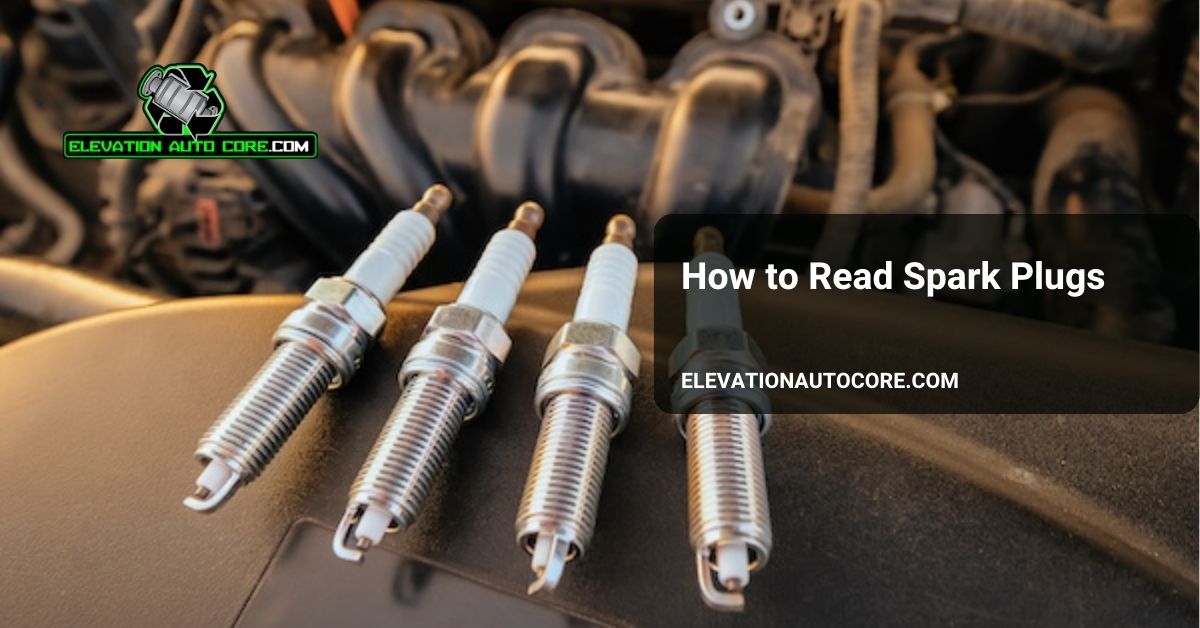Ever wondered what your spark plugs are trying to tell you? These small but mighty components hold critical clues about your engine’s performance and health. By learning how to read spark plugs, you can catch potential issues early, improve efficiency, and even extend your engine’s lifespan. Keep reading to decode the story your spark plugs are telling.
Importance Of Reading Spark Plugs
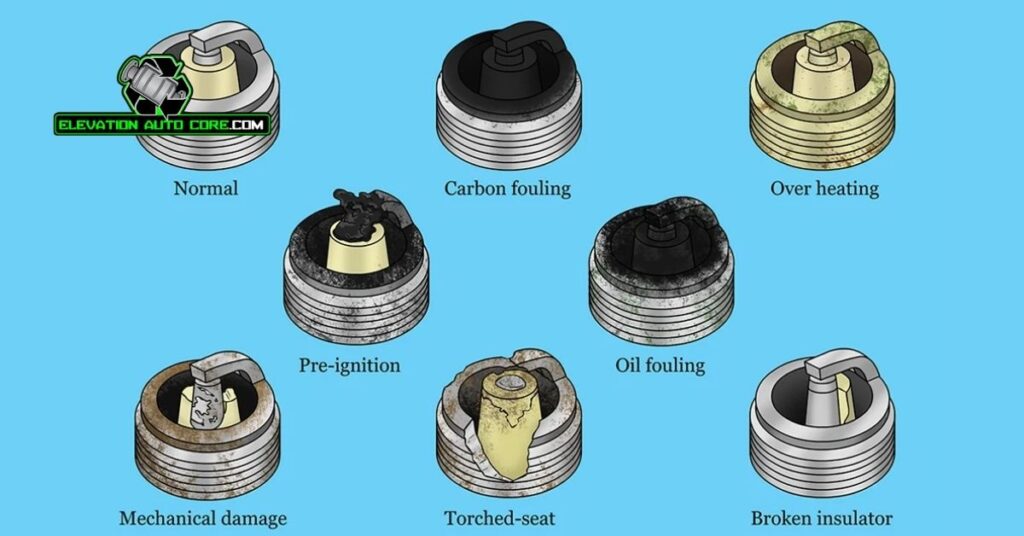
Understanding spark plugs helps you evaluate your engine’s overall condition. They offer a direct look into combustion chamber performance, revealing critical details about air-fuel mixture, ignition timing, and potential mechanical issues.
Identifying wear patterns on spark plugs lets you address problems early. For example, oily deposits may indicate valve seal leaks, while excessive soot often signals a rich fuel-air mixture. Recognizing these signs prevents further engine damage.
Optimizing engine efficiency becomes easier when you analyze spark plug conditions. Proper maintenance guided by plug readings reduces fuel consumption and ensures smoother operation. Clean, correctly functioning plugs contribute to consistent engine performance.
Spotting potential damage early saves time and money. Checking spark plugs periodically helps prevent costly repairs, such as replacing damaged piston rings or burnt-out valves. Reliable diagnostic information simplifies troubleshooting.
Tracking changes in spark plug appearance over time helps you monitor maintenance needs. Dark deposits, worn electrodes, or improper gaps provide actionable insights. Using this knowledge ensures your engine stays in peak condition.
Tools Required For Spark Plug Inspection
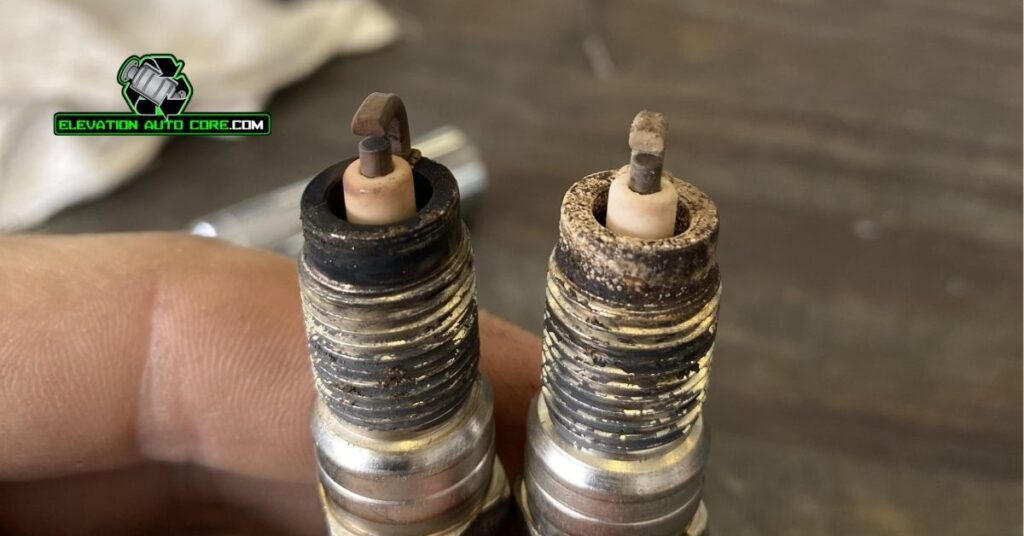
Several tools ensure accurate and effective spark plug inspection. A socket wrench with a spark plug socket simplifies removal and installation, fitting precisely to avoid damage. Use a gap gauge to measure the electrode gap size, which affects engine performance. A magnifying glass helps you closely examine deposits, wear, and potential cracks on spark plugs.
Choose a wire brush or spark plug cleaner to remove carbon buildup, ensuring clear visibility of any abnormalities. Gloves protect your hands from dirt and contaminants during handling. Finally, keep a flashlight or inspection light to illuminate the plug and combustion chamber for a thorough check.
Steps To Read Spark Plugs
Learning to read spark plugs lets you diagnose engine issues and improve performance. Follow these detailed steps to interpret their condition effectively.
Removing The Spark Plug
Start by ensuring the engine is cool to avoid burns. Use a socket wrench with the correct spark plug socket to loosen and remove the plug carefully. Avoid damaging the threads by turning slowly. Grip and lift the spark plug gently once loosened, keeping debris out of the engine.
Examining The Color And Condition
Inspect the center electrode, ground strap, and insulator’s color and texture. A normal spark plug appears light gray or tan, indicating proper combustion. Dark deposits or soot suggest a rich air-fuel mixture or incomplete burn. Oily residue may point to oil leaking into the combustion chamber.
Identifying Common Problems
Focus on identifying irregularities like worn electrodes, cracks in the insulator, or carbon buildup. Pitted or melted electrodes often signify overheating or pre-ignition. Excessive carbon buildup could result from short trips or improper ignition timing. Check if the electrode gap has increased, as this can weaken the spark.
Interpreting The Results
Compare your spark plug’s condition to standard wear patterns. If the plug appears heavily damaged or coated with deposits, additional engine troubleshooting might be necessary. Normal wear confirms healthy engine operation. Replace the plugs if excessive wear or contamination is visible. Regular evaluation ensures timely maintenance and optimal performance.
Common Spark Plug Issues And Diagnoses
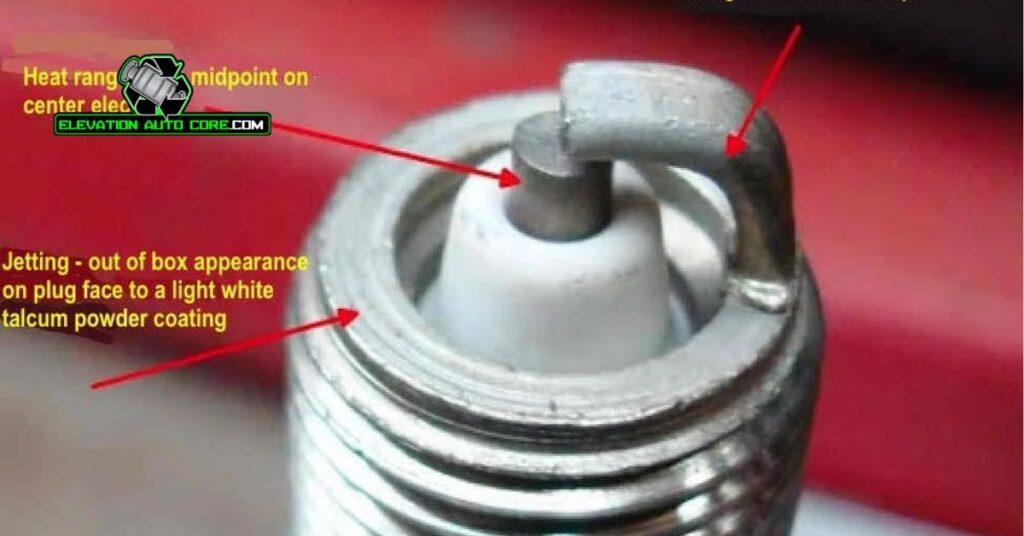
Spark plugs often show symptoms of engine problems, allowing you to detect and address performance issues. Inspecting spark plugs regularly helps prevent further damage by identifying these common issues.
Normal Wear And Tear
A spark plug in good condition often shows light gray or tan electrodes. Slight erosion of the center or ground electrode is normal after prolonged use. You can typically expect this around the 20,000–30,000-mile range for copper plugs or 60,000–100,000 miles for iridium or platinum plugs. Replace plugs if the worn gap causes misfires or reduces fuel efficiency.
Carbon Fouling
Excessive soot buildup on the insulator or electrode signals improper combustion. A rich fuel-air mixture, clogged air filters, or malfunctioning fuel injectors often cause this. Evidence includes a dry, black, carbon-coated spark plug. Adjusting the air-fuel ratio or inspecting the involved components resolves fouling effectively.
Overheating Signs
White blistering on the insulator or melted electrodes points to overheating. This occurs due to advanced ignition timing, lean air-fuel mixtures, or engine cooling system issues. Address this to prevent further component damage. Check cooling systems and engine settings when identifying such signs.
Oil Deposits
A shiny, wet surface on the insulator or electrode indicates oil contamination. Leaking valve seals or worn piston rings allow oil into the combustion chamber. This problem often disrupts engine performance and creates bluish exhaust smoke. Repairing the leak restores normal spark plug function.
Tips For Maintaining Spark Plugs
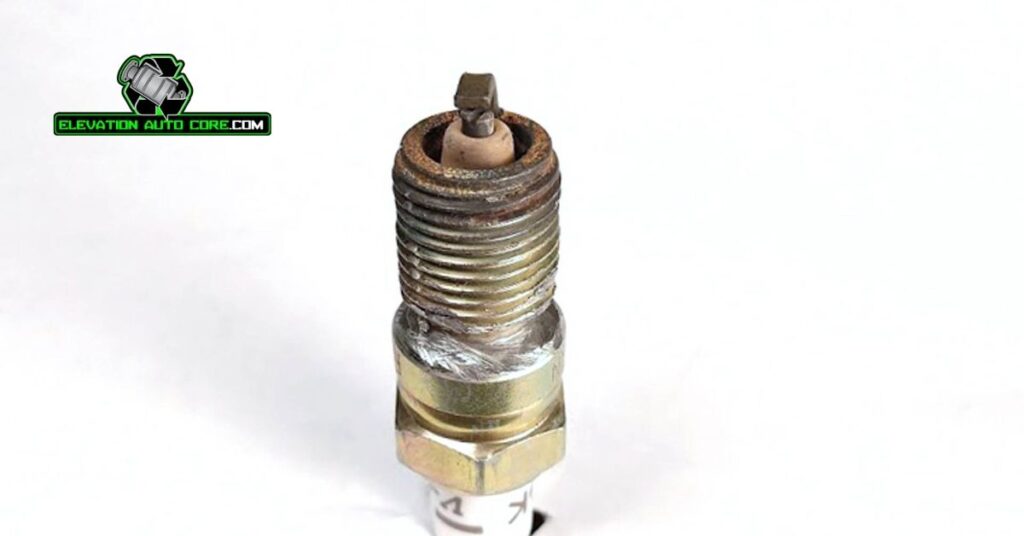
Inspect spark plugs regularly to detect wear or damage early. Conduct visual checks every 10,000 to 15,000 miles to track condition changes. Use a magnifying glass to examine electrodes and surfaces for carbon buildup, oil residue, or discoloration.
Clean spark plug surfaces to ensure efficient ignition. A wire brush helps remove carbon deposits, while a spray cleaner can tackle stubborn residues. Avoid using abrasive tools that could damage electrodes.
Verify the spark plug gap with a gap gauge before reinstallation. Ensure the gap aligns with your vehicle’s specifications to maintain proper combustion and performance. Adjust the gap cautiously to avoid damaging the plug.
Replace worn spark plugs at recommended intervals based on their type. Copper plugs typically last 20,000 to 30,000 miles, while platinum and iridium options can endure up to 60,000 and 100,000 miles, respectively. Check your owner’s manual to confirm timelines.
Store spark plugs in a clean, dry space to prevent contamination. Ensure they remain free of dirt, oil, or moisture when not in use. Use protective caps when available to shield the electrodes.
Follow your vehicle’s maintenance schedule to enhance spark plug longevity. Address potential engine issues like air filter clogs or inaccurate fuel-air mixtures promptly, as these can impact spark plug performance.
Conclusion
Reading spark plugs is a valuable skill that empowers you to maintain your vehicle’s performance and prevent costly repairs. By understanding what your spark plugs reveal, you can address potential engine issues early and ensure efficient operation.
With the right tools and regular inspections, you’ll be better equipped to spot wear patterns, diagnose problems, and extend your engine’s lifespan. Staying proactive with spark plug maintenance not only keeps your vehicle running smoothly but also saves you time and money in the long run.

